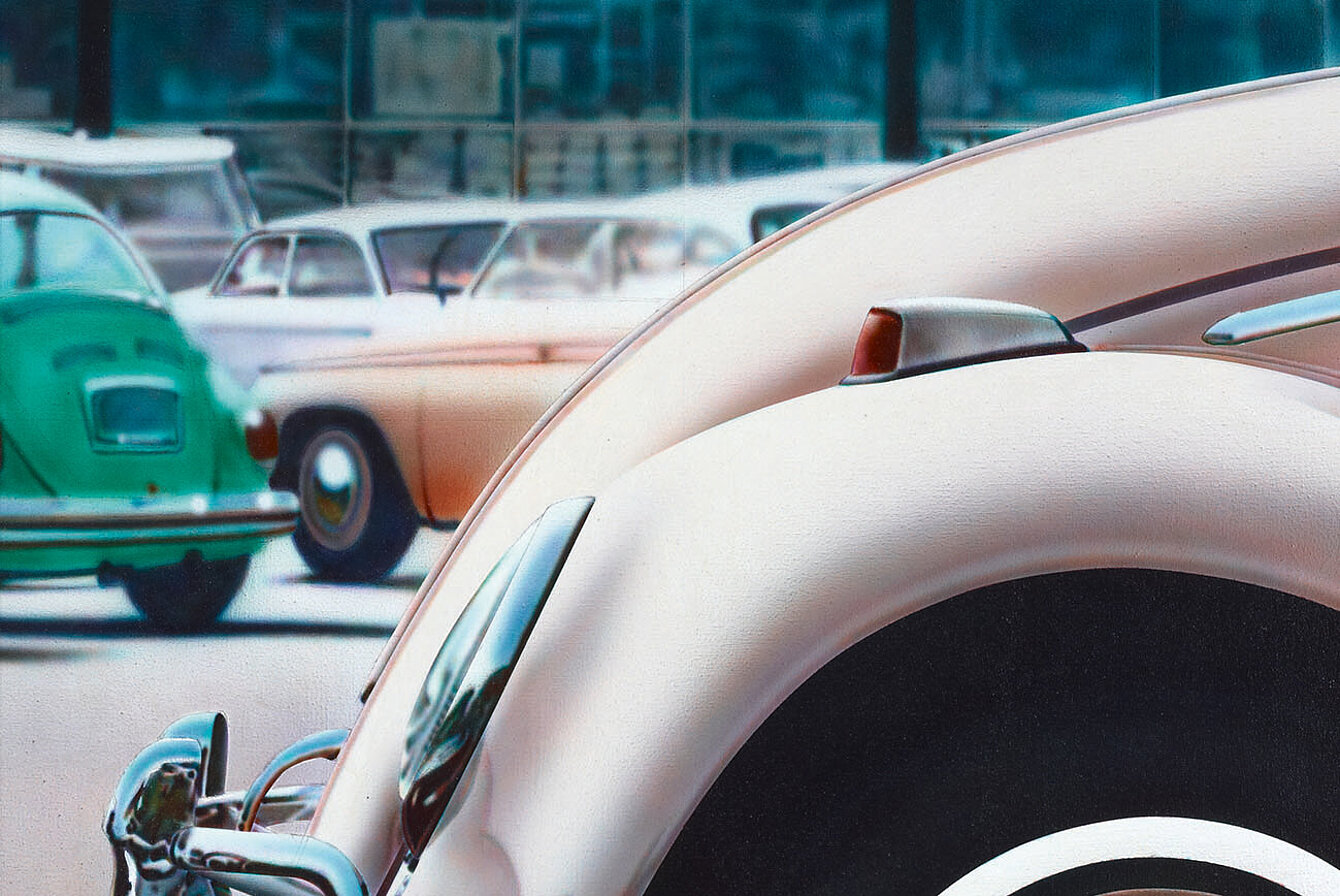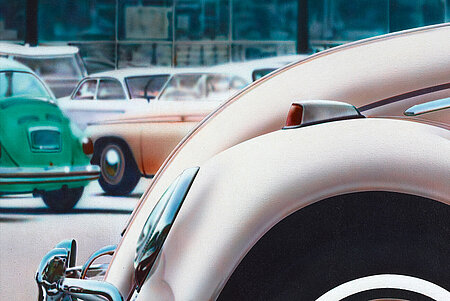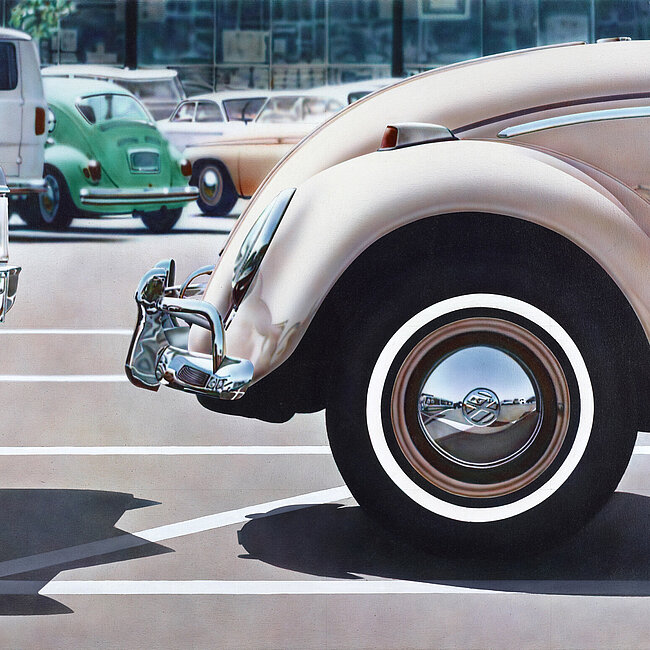The exhibition HyperAmerica. Landscape – Image – Reality turns its focus on the notion of the American landscape in the second half of the 20th century and illustrates how, in the painting of Hyperrealism, a romantic American tradition of the depiction of the land has become a kind of glorification that is highly significant for the history and development of our view of landscape.
With this exhibition the Kunsthaus Graz follows the hypothesis that a special kind of interaction with the land has developed in America since the 19th century that differs starkly from the equivalent notion in Europe. As a result of the ‘Manifest Destiny’ of the nation, it was given a different ideological twist to that in Europe, used for propaganda purposes for the conquering of a ‘unique and praised land’. America was depicted once again as an ideal world, as a great project for civilisation – a development that culminated in the photography and film of the 1960s and 1970s, in order then to shift into new forms of treating the landscape.
In the exhibition HyperAmerica are juxtaposed paintings of American Hyperrealists with photographs of some ‘New Topographics’ and the positions associated with them to determine the differences and commonalities of the two currents that have developed side by side. As a sort of reference to these chapters of art history and as a further link between painting and photography, positions flow into the show that accompanied these developments or which preceded them. Ed Ruscha, whose œuvre was pioneering both for painting and for photography, represents another bridge, all the more so as his work Every Building On The Sunset Strip, 1966, is on display in both exhibitions in the Kunsthaus Graz dedicated to ‘landscape’.
With works by Robert Adams, John Baeder, Lewis Baltz, Robert Cottingham, Rackstraw Downes, Don Eddy, William Eggleston, Richard Estes, Walker Evans, Lee Friedlander, Ralph Goings, Richard McLean, Ed Ruscha, John Salt, Ben Schonzeit, Art Sinsabaugh, Stephen Shore, Joel Sternfeld.
























